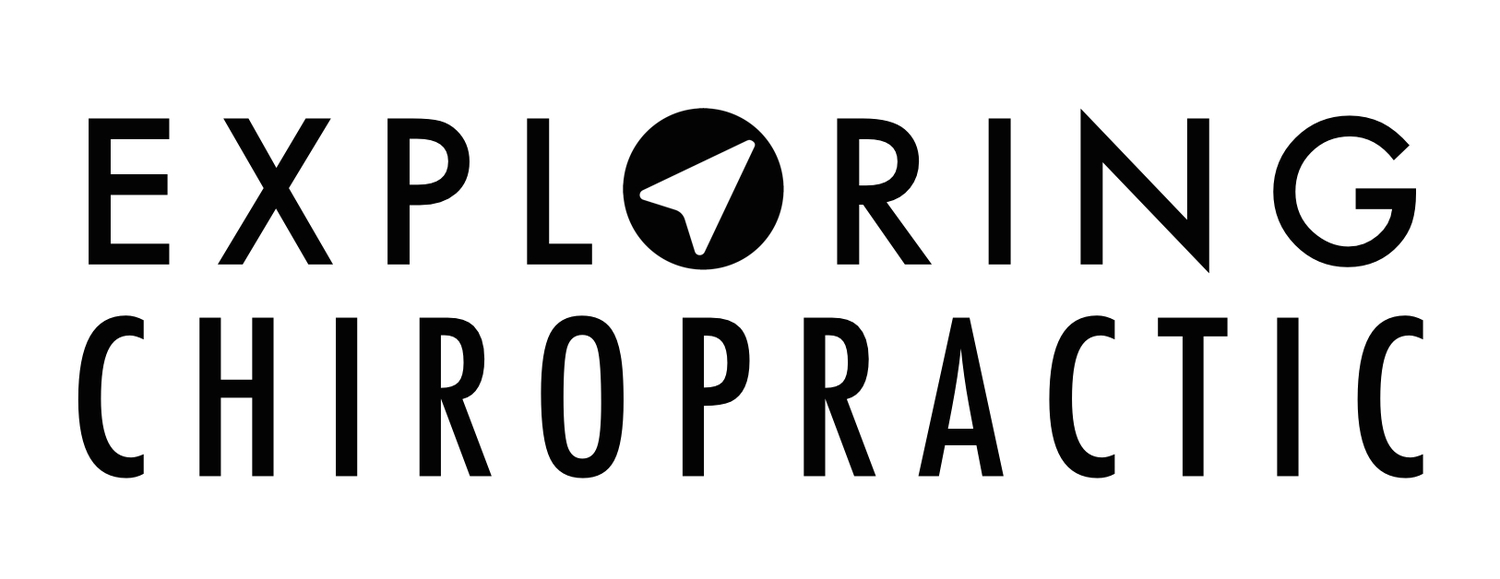What tools are in your toolbox?
Tools in the Toolbox
When I was little, my dad would pay me to organize his toolbox. He was a carpenter and over weeks of digging for the right sized drill bit, switching ratchet heads, and throwing tools in the bed of his truck day after day, his box of tools would become a mess. I'd dump everything out onto the driveway, organize each piece of Craftsman® gear, set aside any duplicates, and replace it in such a way that he could easily find what he needed on the next job. Thanks to the laws of entropy it wouldn't take long for the toolbox to get filled up with extra, rarely used tools and refuse to close all the way. That's when I'd get another $5.
As I attend technique seminars and participate in adjusting labs, I frequently hear reference to new techniques as "another tool in your toolbox." The subtext of that comment can often—though certainly not always—be clarified to mean, "Even though this isn't a cure-all, at least it's something that you can pull out when you're not sure what else to do."
Like my dad, I'm easily intrigued by new toys. For him it was the newest Mikita power drill or a water saw he'd never be able to afford. For me, it might be the next iPhone or a powerful and compact Class IV laser. And like other "seminar junkies," I can't wait to attend yet another course to find that technique or assessment process that's going to finally make me feel like a competent clinician.
I'm all for learning about and experimenting with as many tools and techniques as you can get your hands on. Broadening our understanding and deepening our knowledge is critical to becoming the best practitioners we can be. But are there diminishing returns? Can the next tool or technique distract us from what really matters?
Having more tools is almost never the answer.
Its important to have an organized and efficient toolbox. Too many toys lying around creates clutter and makes it more difficult to access the correct tools when they're needed. Not to mention that even if a tool looks like a power-saw, it is useless if it's made by Fisher-Price. Some chiropractic tools have yet to be shown to have any measurable effect, despite how much they impress a patient.
Peter Attia, MD, host of the popular in-depth health and lifespan podcast, The Drive, put it concisely:
If you had a general contractor and he had a hammer, a screwdriver, a drill, a level, a nail, a screw, etc., you would want to have the most tools in the tool belt—that's the first condition. [But] the second condition is you'd want to know when to use each tool and what its limitation was.
I think most of us are guilty of not spending enough energy to fulfill the second condition—knowing when to use each clinical tool and knowing what the true limitations of those tools are.
This certainly holds true for standard orthopedic tests. How many of us truly know the indications for and proper way to perform Spurling's Test, for example? And when we do, are we clear on what constitutes a positive result? (Hint: it often is not reproduction of pain.) Even when we do have a grasp of that information, do we take into account the sensitivity, specificity, prior probability, and likelihood ratios for each condition the test is presumed to detect?
Rather than continually filling our toolbox with as many tools as possible, maybe we should first focus on refining our ability to recognize conditions appropriately, select the proper technique for a condition, and improve our skills with those techniques we've already learned.
For another take from a PT, also read Too Many Tools in Your Toolbox Makes It Hard to Carry* (free APTA log-in required).
[It's] not about what philosophy you adhere to, the lesson is that as a new graduate therapist, you should seek out only high-quality, evidence-based continuing education. –Keaton Ray, PT, DPT, ATC

